 Angry Birds developer Rovio recently announced that all their future software titles would be Free To Play Games. This is a major trend in computer games outside of the video game consoles. Whether it is on your PC, tablet or mobile phone, many games now are being released under this business model. Of course if you log into the the various app stores, you will find a large number of games that are listed as being free. Just because the game is listed as being free to download does not make that game Free To Play. Today, I’m going to take a closer look at what exactly makes a game be Free To Play… Continue reading
Angry Birds developer Rovio recently announced that all their future software titles would be Free To Play Games. This is a major trend in computer games outside of the video game consoles. Whether it is on your PC, tablet or mobile phone, many games now are being released under this business model. Of course if you log into the the various app stores, you will find a large number of games that are listed as being free. Just because the game is listed as being free to download does not make that game Free To Play. Today, I’m going to take a closer look at what exactly makes a game be Free To Play… Continue reading
NVIDIA Fills Gap in Budget Graphics with GeForce GTX 950
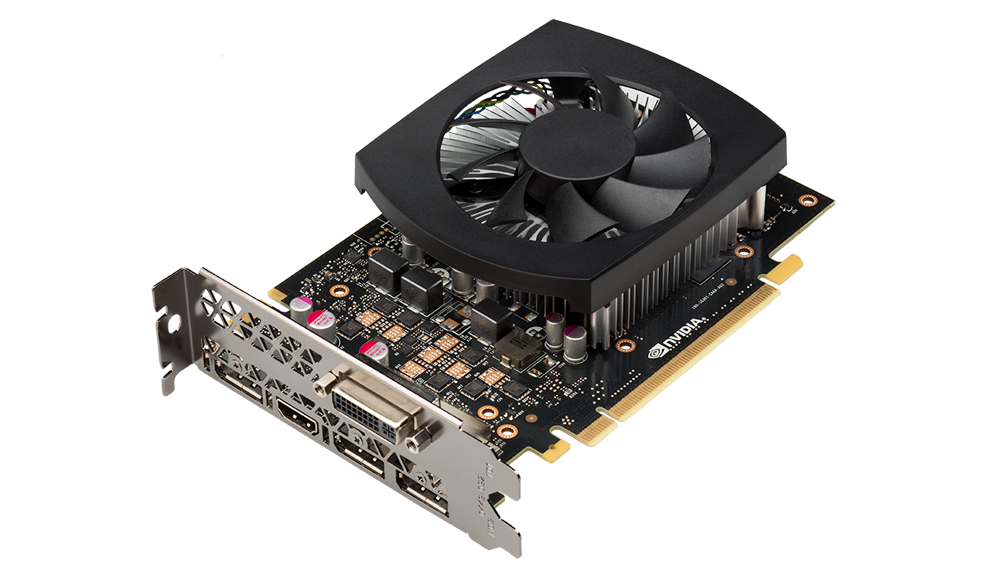 Eighteen months is a very long time in the world of graphics cards. This is roughly how long the venerable GeForce GTX 750 Ti from NVIDIA has been on the market. When the card was released, it offered an amazing level of efficiency with the new Maxwell architecture and just enough performance for those wanting to play games at 1080p resolutions. Since then, NVIDIA has pretty much ignored the sub-$200 graphics card market allowing AMD to push out a variety of cards that offered superior performance at roughly the same cost even if they were not as efficient. Now NVIDIA is taking the newer 900 series cards and releasing a new GeForce GTX 950 to fill in the gap between the older GTX 750 Ti and the still over $200 GTX 960. PC gamers on a budget will definitely want to take a look at it. Continue reading
Eighteen months is a very long time in the world of graphics cards. This is roughly how long the venerable GeForce GTX 750 Ti from NVIDIA has been on the market. When the card was released, it offered an amazing level of efficiency with the new Maxwell architecture and just enough performance for those wanting to play games at 1080p resolutions. Since then, NVIDIA has pretty much ignored the sub-$200 graphics card market allowing AMD to push out a variety of cards that offered superior performance at roughly the same cost even if they were not as efficient. Now NVIDIA is taking the newer 900 series cards and releasing a new GeForce GTX 950 to fill in the gap between the older GTX 750 Ti and the still over $200 GTX 960. PC gamers on a budget will definitely want to take a look at it. Continue reading
Batman: Arkham Knight Highlights PC Game Problems
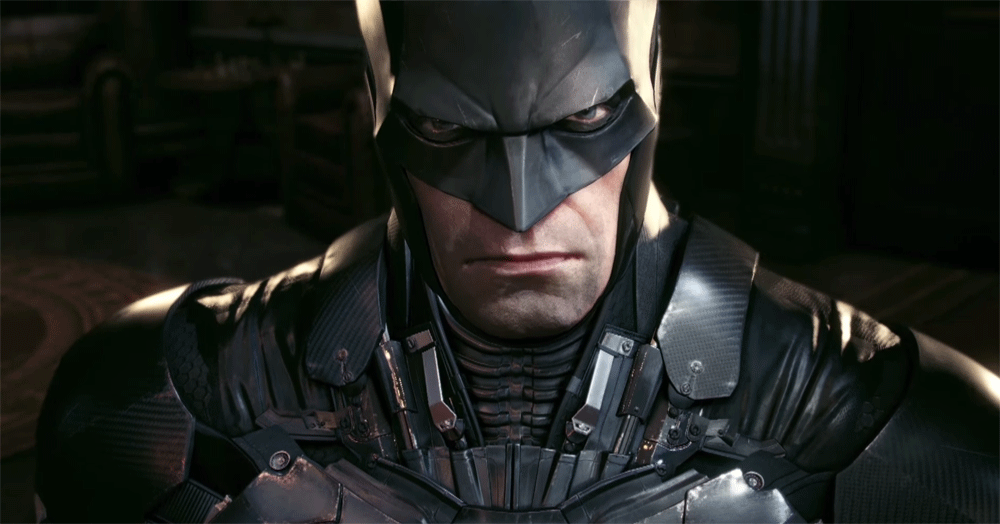 Does it seem like every game that for the PC right when it comes out it has some major problems? Almost all games have a day zero patch that needs to be downloaded in order to address problems on the launch day. Recently, Batman: Arkham Knight was released but just days later Warner Brothers did the unprecedented move of actually s from services like Steam until the game could be patched. So why did this happen and what exactly is causing the problem? Continue reading
Does it seem like every game that for the PC right when it comes out it has some major problems? Almost all games have a day zero patch that needs to be downloaded in order to address problems on the launch day. Recently, Batman: Arkham Knight was released but just days later Warner Brothers did the unprecedented move of actually s from services like Steam until the game could be patched. So why did this happen and what exactly is causing the problem? Continue reading
Adaptive Refresh Rates: G-SYNC and FreeSync
 Gamers often talk about the frame rates that they get out of a game with their video card. This tells how many frames per second that the video game and software can generate. In order to display them, they have to be drawn upon the monitor. The process of moving those rendered frames from the video card to the display introduces a whole new set of problems, one that many gamers are familiar with. Both NVIDIA and AMD have release new technologies to try and provide a smoother and faster display but how do they improve this and is this consumers should actually use? Continue reading
Gamers often talk about the frame rates that they get out of a game with their video card. This tells how many frames per second that the video game and software can generate. In order to display them, they have to be drawn upon the monitor. The process of moving those rendered frames from the video card to the display introduces a whole new set of problems, one that many gamers are familiar with. Both NVIDIA and AMD have release new technologies to try and provide a smoother and faster display but how do they improve this and is this consumers should actually use? Continue reading
NVIDIA Shield and Valve Steam Link Offer Low Cost PC Streaming
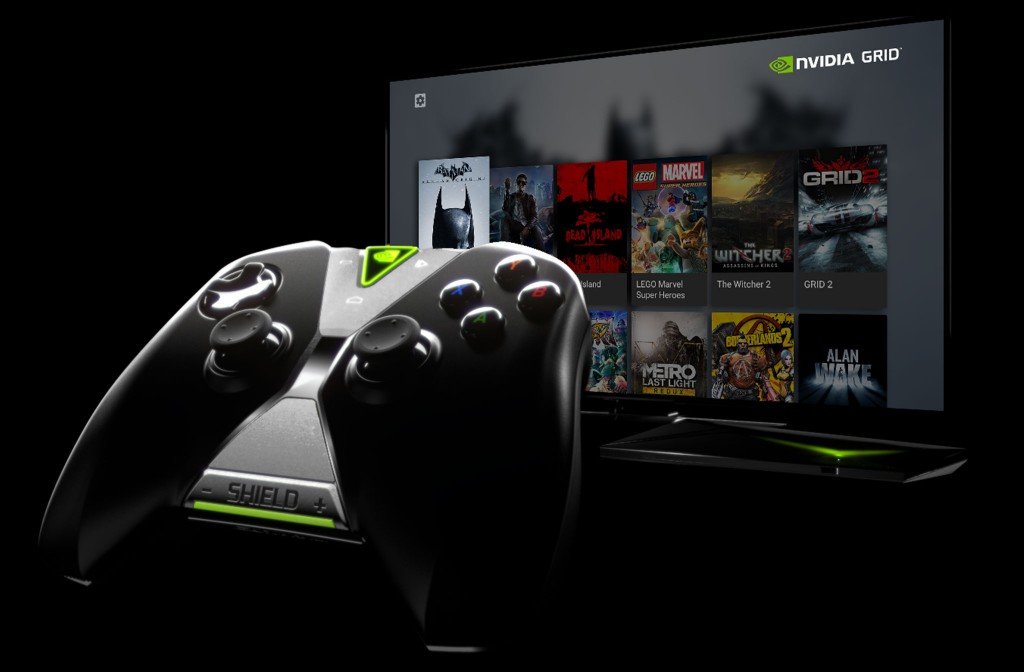 PC gaming on a HDTV in a living room has long been a goal of many companies. Currently consoles like the PlayStation 4 and XBOX One dominate gaming in this environment. The reason why PC gaming has not succeeded here is because of the costs. Having another PC with the ability to play games costs a good deal more. What if instead of putting another PC or even a Steam Machine you could get a small streaming console or box that could let you play your PC games at 1080p resolution but cost half as much as the major video game consoles? That is precisely what NVIDIA and Valve have planned. Continue reading
PC gaming on a HDTV in a living room has long been a goal of many companies. Currently consoles like the PlayStation 4 and XBOX One dominate gaming in this environment. The reason why PC gaming has not succeeded here is because of the costs. Having another PC with the ability to play games costs a good deal more. What if instead of putting another PC or even a Steam Machine you could get a small streaming console or box that could let you play your PC games at 1080p resolution but cost half as much as the major video game consoles? That is precisely what NVIDIA and Valve have planned. Continue reading
Will the Razer Forge TV Bring Android and PC Gaming to Your HDTV?
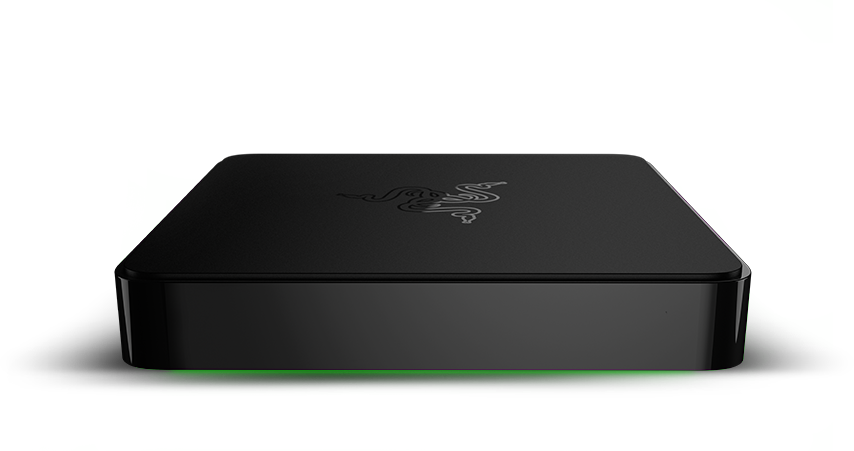 Razer is a company that made a name for itself with gaming products. They started originally with peripherals and then eventually with their own PCs. For the past year, the company has been looking to go beyond gaming with things like their Nabu fitness tracker. This year they offered a couple of new items at the CES show but probably the most intriguing is a new take on something we have already seen in the market. The Forge TV is essentially another $100 Android based box design to plug into a home entertainment center. Sticking with their gaming emphasis, Razer is looking to differentiate their product in several key ways. Continue reading
Razer is a company that made a name for itself with gaming products. They started originally with peripherals and then eventually with their own PCs. For the past year, the company has been looking to go beyond gaming with things like their Nabu fitness tracker. This year they offered a couple of new items at the CES show but probably the most intriguing is a new take on something we have already seen in the market. The Forge TV is essentially another $100 Android based box design to plug into a home entertainment center. Sticking with their gaming emphasis, Razer is looking to differentiate their product in several key ways. Continue reading
New Alienware 13 Laptop Allows for Upgraded Graphics
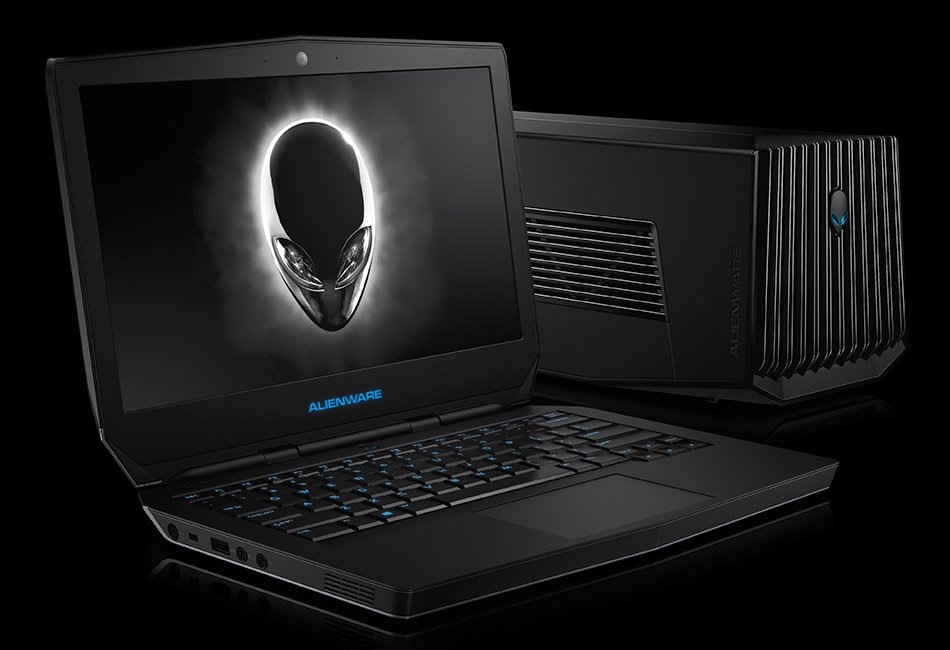 Alienware makes some capable gaming laptops but they have not been extremely innovative in the hardware the past couple of years. Sure, they had some cosmetic additions but little when it comes to performance in gaming. Many of their competitors have been looking at offering mobile gaming performance in thinner and lighter designs. With their latest Alienware 13, they are looking to make a more compact gaming laptop that also has the potential for some very powerful performance that can be upgraded over time. This has always been a problem for laptop computers as their graphics are generally set at the time of purchase and can never be upgraded. How is Dell able to pull this off for their new compact gaming laptop? Continue reading
Alienware makes some capable gaming laptops but they have not been extremely innovative in the hardware the past couple of years. Sure, they had some cosmetic additions but little when it comes to performance in gaming. Many of their competitors have been looking at offering mobile gaming performance in thinner and lighter designs. With their latest Alienware 13, they are looking to make a more compact gaming laptop that also has the potential for some very powerful performance that can be upgraded over time. This has always been a problem for laptop computers as their graphics are generally set at the time of purchase and can never be upgraded. How is Dell able to pull this off for their new compact gaming laptop? Continue reading
NVIDIA Maxwell Mobile Parts Boosts Laptop 3D Performance
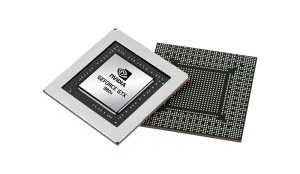 Laptop graphics are always more restricted by their power and heat than a desktop graphics card. As a result, their performance tends to trail behind by quite a fair margin. NVIDIA’s Maxwell designs in both the GeForce GTX 750Ti and the GeForce GTX 970/980 did wonders for improving the graphics performance and the efficiency for desktop cards. Now NVIDIA has finally unleashed the Maxwell designs in their mobile GeForce GTX 980M and 970M graphics processors. So what does this mean for the next wave of gaming laptops? Continue reading
Laptop graphics are always more restricted by their power and heat than a desktop graphics card. As a result, their performance tends to trail behind by quite a fair margin. NVIDIA’s Maxwell designs in both the GeForce GTX 750Ti and the GeForce GTX 970/980 did wonders for improving the graphics performance and the efficiency for desktop cards. Now NVIDIA has finally unleashed the Maxwell designs in their mobile GeForce GTX 980M and 970M graphics processors. So what does this mean for the next wave of gaming laptops? Continue reading
MSI GS30 Ghost Offers Desktop Graphics Dock
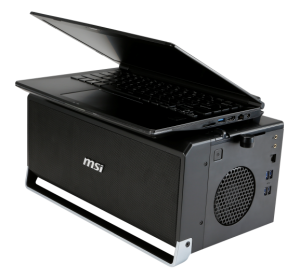 If there is one area that mobile computers tend to lag significantly compared to desktops it is the graphics system. Sure, the performance of mobile graphics has improved such that they can play many games at 1920×1080 just fine but they still don’t have the detail and higher resolution support of their desktop counterparts. Over the years, there have been multiple solutions to try and improve the performance by adding on a desktop solution to a mobile computer. MSI has once again proposed a solution to buyers that want mobility and desktop graphics performance with its announced GS30 Ghost 13-inch laptop and docking solution but will buyer’s take to this solution? Continue reading
If there is one area that mobile computers tend to lag significantly compared to desktops it is the graphics system. Sure, the performance of mobile graphics has improved such that they can play many games at 1920×1080 just fine but they still don’t have the detail and higher resolution support of their desktop counterparts. Over the years, there have been multiple solutions to try and improve the performance by adding on a desktop solution to a mobile computer. MSI has once again proposed a solution to buyers that want mobility and desktop graphics performance with its announced GS30 Ghost 13-inch laptop and docking solution but will buyer’s take to this solution? Continue reading
NVIDIA Shield Tablet – Third Time a Charm?
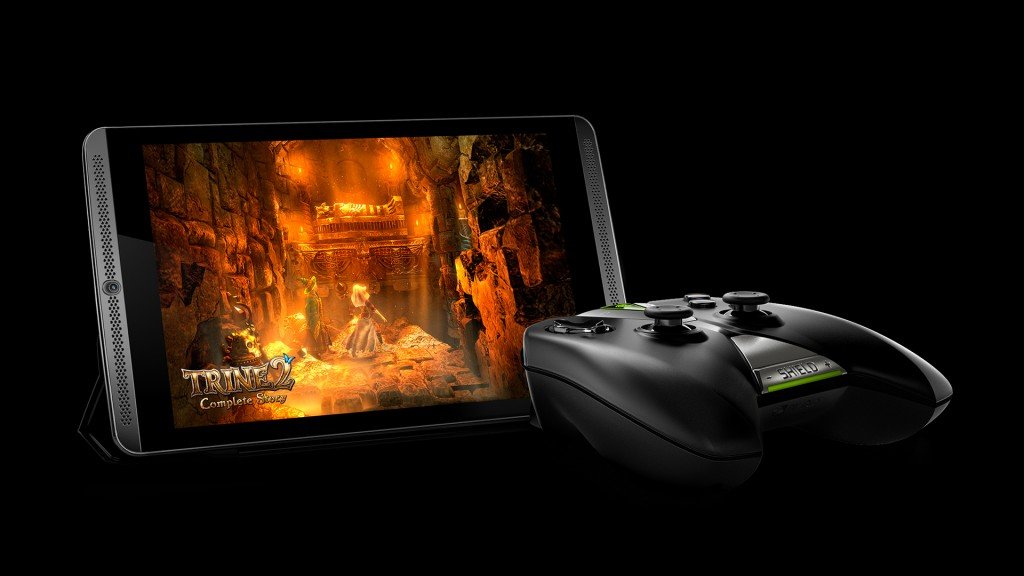 Anyone remember NVIDIA’s SHIELD device? It was basically a game controller with a small tablet grafted onto it. How about the Tegra 7 Note? That was a 7-inch tablet that was designed for gaming. Both were attempts by NVIDIA to jump start their efforts into the mobile arena by trying to entice dedicated PC gamers to also use a mobile device. Neither was very successful in the market. Part of this may have been due to the pricing of the devices and also because they have limitations when compared to other tablets on the market.
Anyone remember NVIDIA’s SHIELD device? It was basically a game controller with a small tablet grafted onto it. How about the Tegra 7 Note? That was a 7-inch tablet that was designed for gaming. Both were attempts by NVIDIA to jump start their efforts into the mobile arena by trying to entice dedicated PC gamers to also use a mobile device. Neither was very successful in the market. Part of this may have been due to the pricing of the devices and also because they have limitations when compared to other tablets on the market.
Well, NVIDIA is at it again this time taking what they learned from the first two and hoping that their third try will be a success with the NVIDIA SHIELD Tablet. But is it really doing anything different from the other two? Continue reading
